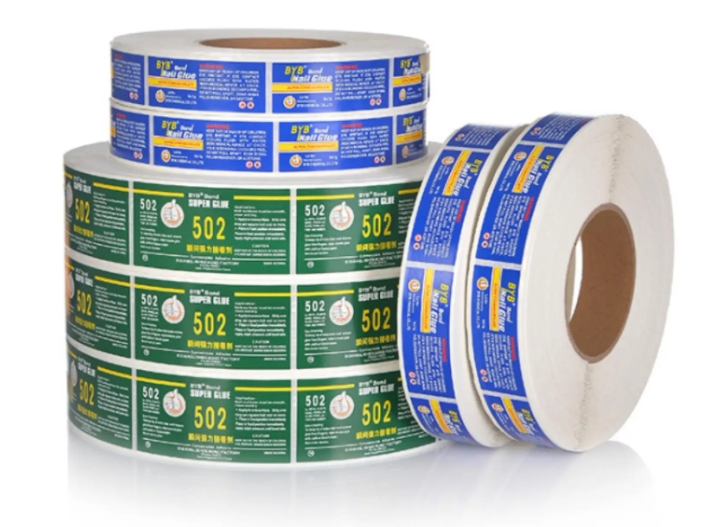Low-temperature resistant label materials are designed to withstand exposure to cold environments without losing their adhesive properties or deteriorating in performance. These materials are crucial for applications where labels need to adhere to surfaces in cold storage, refrigerated transportation, or other chilly conditions. Here are some common types of low-temperature resistant label materials:

-
Synthetic Materials:
- Polypropylene (PP): Polypropylene labels are known for their durability and resistance to low temperatures. They are often used in cold storage environments and outdoor applications.
- Polyethylene (PE): Similar to polypropylene, polyethylene labels are resistant to cold temperatures and are suitable for applications where exposure to moisture is a concern.
-
Cryogenic Labels:
- Specialized Cryogenic Materials: For extremely low-temperature environments such as cryogenic storage, labels made from specialized materials that can withstand the extremely cold conditions are used. These materials are often designed to resist brittleness and maintain adhesion in ultra-low temperatures.
-
Thermal Transfer Labels:
- Coated Paper: Thermal transfer labels made from coated paper can often withstand low temperatures and are suitable for applications in cold storage facilities and refrigerated transportation.
- Synthetic Thermal Transfer Labels: Synthetic materials, such as polyester or polypropylene, can be used in thermal transfer printing for durable, low-temperature resistant labels.
-
Cold Temperature Adhesives:
- Acrylic Adhesives: Labels with acrylic adhesives are known for their ability to maintain adhesion in cold temperatures. Acrylic adhesives are often used in applications where labels need to adhere to surfaces exposed to low temperatures.
-
Direct Thermal Labels:
- Coated Direct Thermal Paper: Labels designed for direct thermal printing on coated paper can provide sufficient resistance to low temperatures. They are suitable for short-term labeling needs in cold storage or refrigerated transportation.
When selecting a low-temperature resistant label material, it's essential to consider factors such as the specific temperature range the labels will be exposed to, the duration of exposure, and any additional environmental challenges. Always refer to the manufacturer's recommendations and specifications to ensure the selected label material meets the requirements of the intended application.
We offer comprehensive technical support, including free professional labeling solutions, advice on label materials and adhesive selection, as well as online/offline assistance from professional software and hardware engineers. Service email: andy@ownlikes.cn. In pre-sales, we leverage our extensive experience in specialty labeling projects to provide clients with the most suitable hardware solutions. Additionally, all our label barcode printers and scanners come with a three-year free warranty, demonstrating our confidence in our products.




